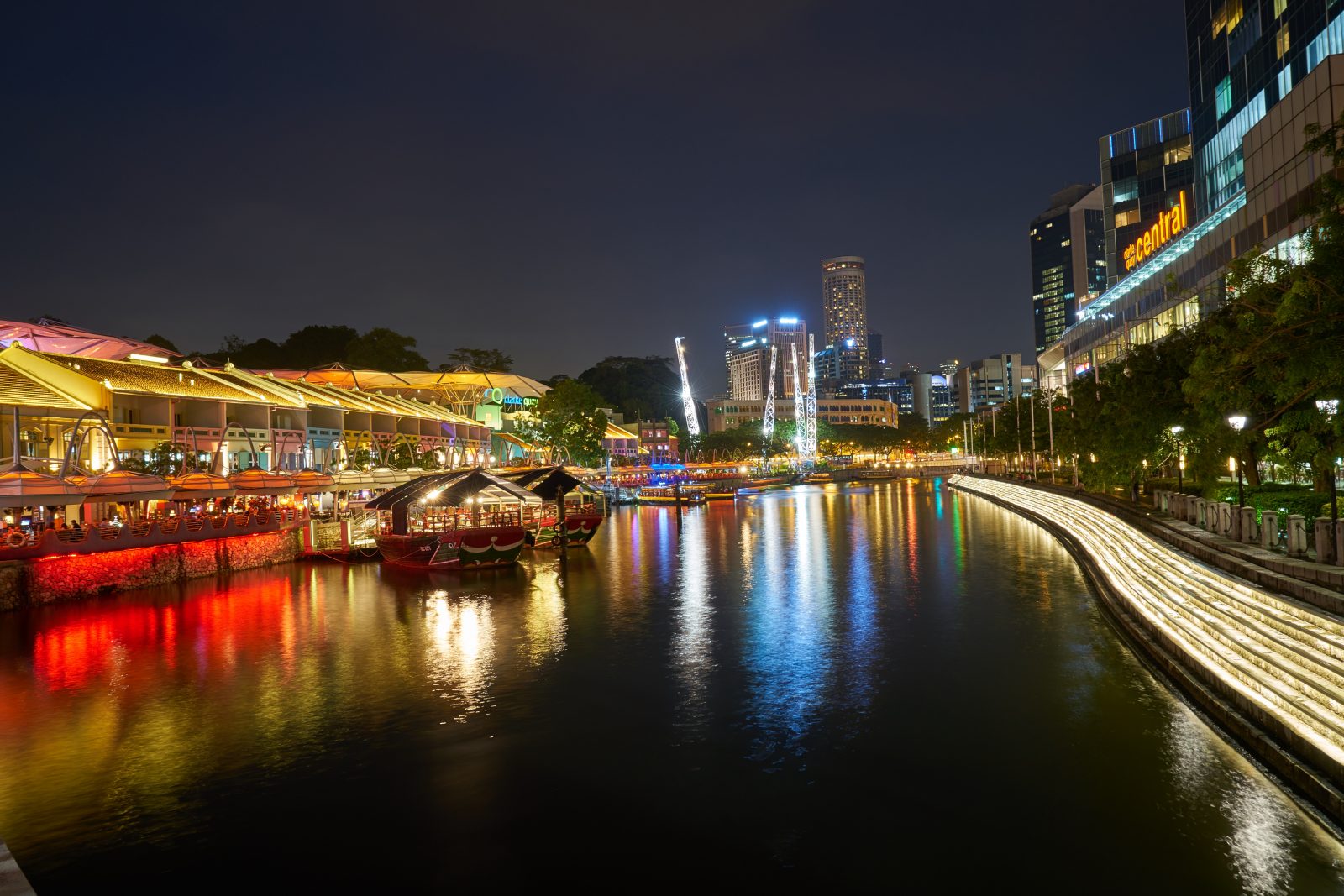Progressive developments in Asia are proving that communities can thrive in high-density environments, and that residents and developers can benefit from building mixed use precincts with a community focus.
Cities like Singapore and Hong Kong often rank high on the global liveability scale. Once due to decades of investment in city infrastructure – think waterfronts, airports and public transit – both cities have now diversified their approach to invest in community infrastructure as well.
These cities have achieved notable success in rolling out mixed use developments above, below and around public transit stations. Despite taking different approaches to transit-oriented developments (TODs), Singapore and Hong Kong are now hailed as market leaders in bringing public and private interests together.

